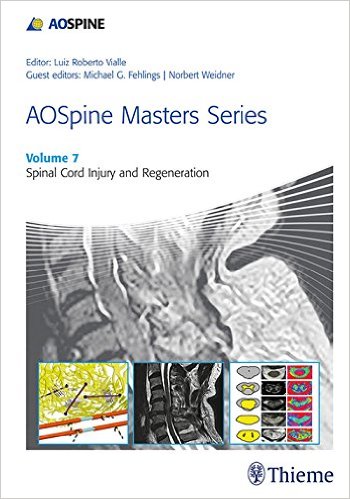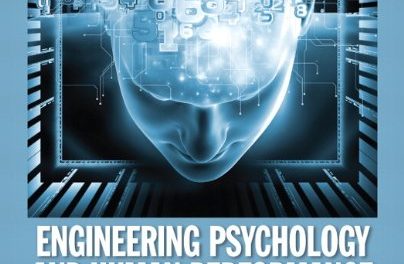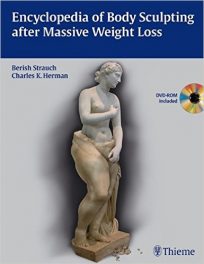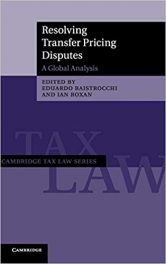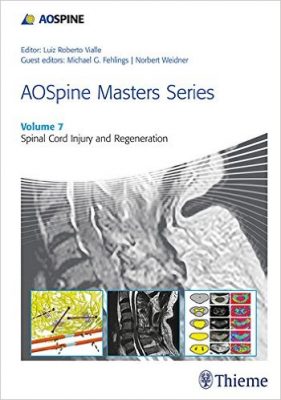 (Volume 7 in the AOSpine Masters Series. The other nine volumes are entitled, in alphabetical order: Adult Spinal Deformities, Back Pain, Cervical Degenerative Conditions, Cervical Spine Trauma, Metastatic Spinal Tumors, Pediatric Spinal Deformities, Spinal Infection, and Thoracolumbar Spine Trauma) Series Editor: Luiz Roberto Vialle, MD.
(Volume 7 in the AOSpine Masters Series. The other nine volumes are entitled, in alphabetical order: Adult Spinal Deformities, Back Pain, Cervical Degenerative Conditions, Cervical Spine Trauma, Metastatic Spinal Tumors, Pediatric Spinal Deformities, Spinal Infection, and Thoracolumbar Spine Trauma) Series Editor: Luiz Roberto Vialle, MD.
Guest Editors: Michael G. Fehlings, MD; and Norbert Weidner, MD
Publisher: Thieme – 199 pages
Book Review by Nano Khilnani
Knowledge on spine care, including new research findings, existing and new practice experiences of specialists, and the growing body of opinions on new approaches to existing problems, has been growing rapidly in recent years. So currently, there is just so much information out there, that it sometimes overwhelms spine specialists.
This book helps you focus your attention on the core information, to understand and do your job better, as well as provide you other recommended reference works to help you in your practice.
It is the collective work of 28 specialists on various aspects related to the study of spinal cord injury, and its treatment. These include the three editors named above. The authors are from Canada, England, Germany, Japan, and the United States. They are physicians, professors, and surgeons who have written 14 chapters as detailed below.
- Pathobiology of Spinal Cord Injury
- Assessment of Functional Status and Outcomes of Individuals with Traumatic Spinal Cord Injury
- Serum and CSF Biomarkers to Predict Functional Recovery After Spinal Cord Injury
- Magnetic Resonance Imaging of the Injured Spinal Cord
- Acute Nonoperative Management of Traumatic Spinal Cord Injury
- Role and Timing of Surgery for Traumatic Spinal Cord Injury
- Methylprednisone As a Valid Option for Acute Spinal Cord Injury
- Neuroprotection of the Injured Spinal Cord: What Does the Future Hold?
- Hydrogel Biomaterials in Spinal Cord Repair and Regeneration
- Neural Stem Cell Transplantation for Spinal Cord Repair
- Strategies to Overcome the Inhibitory Environment of the Spinal Cord
- Functional Electrical Stimulation and Neuromodulation Approaches to Enhance Recovery After Spinal Cord Injury
- Advanced Rehabilitation Strategies for Individuals with Traumatic Spinal Cord Injury
- Brain-Computer Interfaces to Enhance Function After Spinal Cord Injury
The guest editors Drs. Fehlings and Weidner write that the prevalence of spinal cord injury (SCI) is 906 per million people. As of 2014 there were over 250,000 people living with spinal cord injury. They also point out that 1.275 million people have sustained an SCI, although they did not indicate when record keeping on SCI began.
Treatment and care in the United States in the first year alone, of people who sustain SCI has been reported to be a staggering $523,089. And mean annual charges over the remainder of an SCI patient’s life is an incredible $79,759. But the price of care can be as high has $1,064,716 for the first year and subsequent yearly expense can be as high as $184,891.
Until such time when healthcare costs come down to earth, it is imperative to find solutions that bring down the cost of caring for people who sustain SCI. This book does its part toward that goal, by gathering and imparting to spinal cord injury specialists, new research findings, treatment options, and new rehabilitative strategies.
Faster and better regeneration of the spinal cord holds promise with the use of approaches such as brain-computer interface, electrical stimulation, and stem cell transplantation. These will improve outcomes for patients with SCI.
Series Editor:
Luiz Roberto Vialle, MD, PhD is Professor of Orthopedics in the School of Medicine at the Catholic University of Parana State; and is in the Spine Unit at Cajuru University Hospital in Curitiba, Brazil.
Guest Editors:
Michael G. Fehlings, MD, PhD, FRCSC, FACS is Head of the Spinal Program and Senior Scientist at the McEwen Center for Regenerative Medicine at Toronto Western Hospital, part of the University Health Network. He is also Professor of Neurosurgery, Vice Chair of Research, Halbert Chair in Neural Repair and Regeneration, and Co-Chairman of the Spinal Program in the Division of Neurosurgery in the Department of Surgery at the University of Toronto in Toronto, Ontario, Canada.
Norbert Weidner, MD is Professor and Chair of the Spinal Cord Injury Center at Heidelberg University Hospital in Heidelberg, Germany.

